Navigation
We want to help you to enable your kids - child and junior - to get their beach, snorkelling and swimming gear together and to keep it together with this range of great bags from The Scuba Doctor.
Brads Bommie
![]() Bommie Dive |
Bommie Dive | ![]() Boat access
Boat access
![]()
![]()
![]()
![]()
Depth: 5 m (16 ft) to 15 m (49 ft)
Level: Open Water and beyond.
Brads Bommie is a boat dive site on the western side of Point Danger, in Grant Bay, six kilometres south of Portland on Victoria's Discovery Coast.
Diving at Brads Bommie, Point Danger
This is large bommie with walls, ledges, swim throughs, kelp, crayfish, huge array of marine life right next to the Portland aluminium smelter.
Location: Point Danger, Portland, Victoria 3305
Ideal Conditions: Best dived in good conditions with a low swell with light offshore winds. See WillyWeather (Point Danger) as a guide for the tide times and the height of the tide.
Access is by boat from the Portland Harbour, Lee Breakwater Road North Ramp or the Portland Harbour, Lee Breakwater Road South Ramp.
{{southern-ocean-warning}}Divers have the opportunity to catch Southern Rock Lobster (aka Crayfish) at this dive site. Remember your catch bag, current Victorian Recreational Fishing Licence, rock lobster measure, and cray tags. Once you get back to the dive boat, or shore, make sure you clip the tail and tag your Crayfish as per Fisheries requirements. Please abide by all current fishing regulations if you intend to catch crays. See article-catching-crayfish for practical cray hunting advice from The Scuba Doctor, plus melbourne-cray-dives for a list of other crayfish dive sites near Melbourne. For tips on cooking your Crays, please see article-cooking-crayfish.
Traditional Owners — This dive site is in the traditional Country of the Gunditjmara people of far south-western Victoria which continues over the state border into a small part of south-east South Australia and is bordered by the Glenelg River to the west and the Wannon River in the north. This truly ancient Country extends 100 metres out to sea from low tide and also includes Deen Maar (aka Lady Julia Percy Island) where the Gunditjmara believe the spirits of their dead travel to wait to be reborn. We wish to acknowledge the Gunditjmara as Traditional Owners. We pay respect to their Ancestors and their Elders, past, present and emerging.
Brads Bommie Location Map
Latitude: 38° 23.612′ S (38.393541° S / 38° 23′ 36.75″ S)
Longitude: 141° 38.778′ E (141.646299° E / 141° 38′ 46.68″ E)
Datum: WGS84 |
Google Map
Added: 2022-05-20 14:22:40 GMT, Last updated: 2022-05-24 13:36:34 GMT
Source: Google Earth
Nearest Neighbour: The Passage Reef Shallow, 836 m, bearing 124°, SE
Point Danger, Portland, Discovery Coast.
Depth: 5 to 15 m.
[ Top ]
DISCLAIMER: No claim is made by The Scuba Doctor as to the accuracy of the dive site coordinates listed here. Should anyone decide to use these GPS marks to locate and dive on a site, they do so entirely at their own risk. Always verify against other sources.
The marks come from numerous sources including commercial operators, independent dive clubs, reference works, and active divers. Some are known to be accurate, while others may not be. Some GPS marks may even have come from maps using the AGD66 datum, and thus may need be converted to the WGS84 datum. To distinguish between the possible accuracy of the dive site marks, we've tried to give each mark a source of GPS, Google Earth, or unknown.
Copyright © 2005-2022 by The Scuba Doctor Australia, ABN 88 116 755 170. All rights reserved.
tel. +61 3 5985 1700 :: email. diveshop@scubadoctor.com.au :: Web site by it'sTechnical 2022

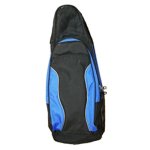
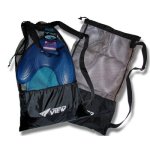
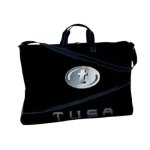

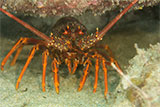
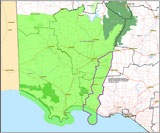

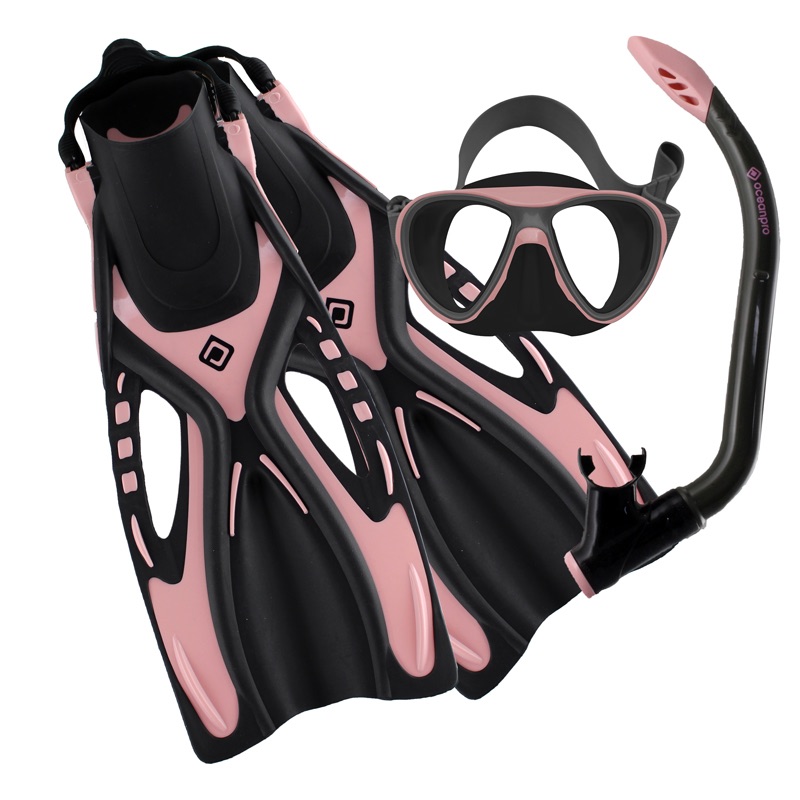







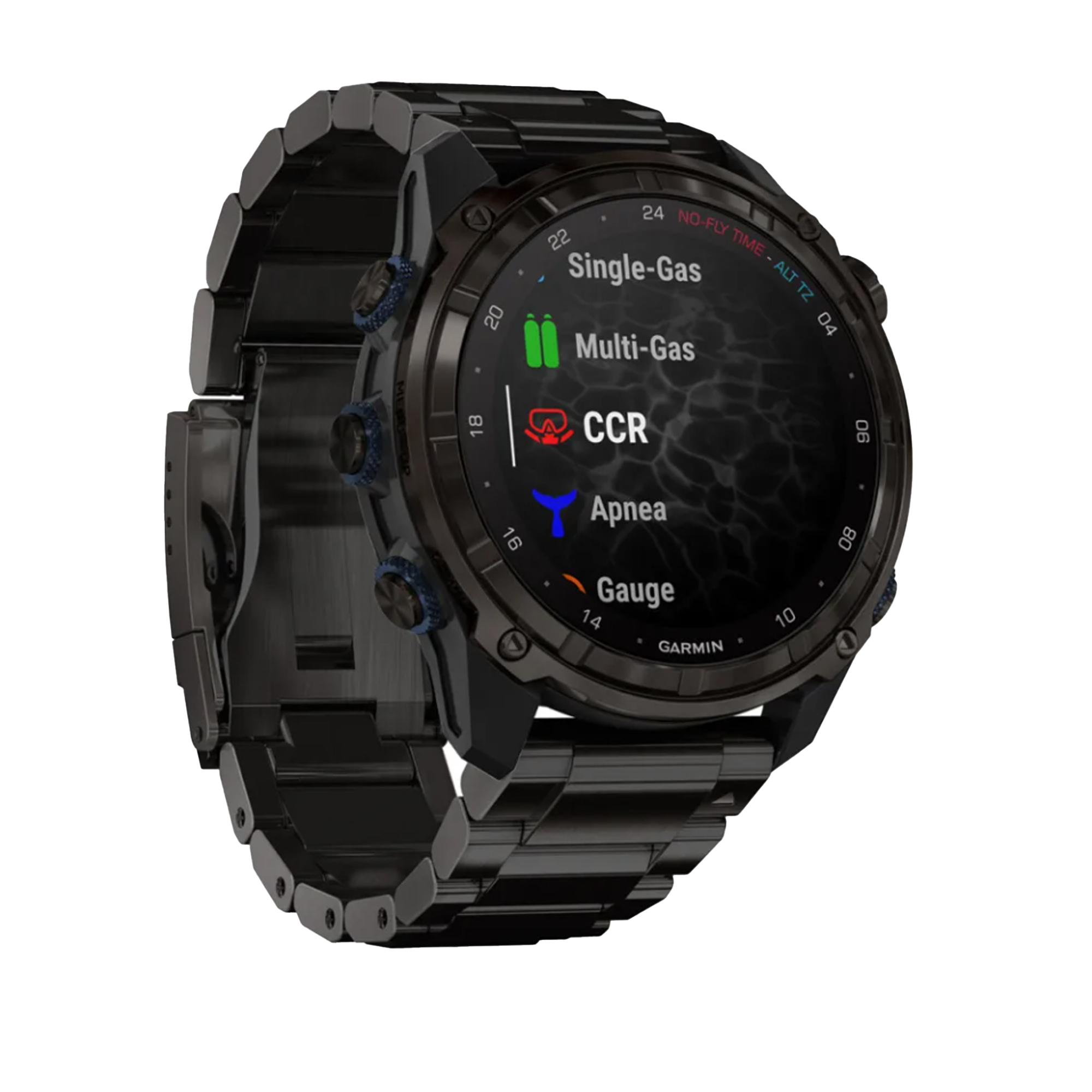







![Halcyon Infinity 30lb System [SS Small Backplate] Halcyon Infinity 30lb System [SS Small Backplate]](/diveshop/images/halcyon/Halcyon-Evolve-Wing.jpg)














































































































